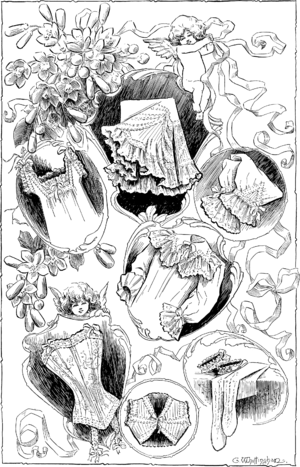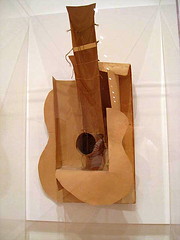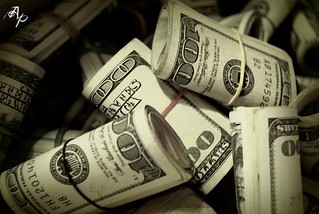When I was a kid, my mom was active in the League of Women Voters (a non-partisan organization devoted to increasing voter registration and lobbying on selected issues).
One day she dragged me along to help hand out voter information leaflets in the local shopping mall.
Plenty of traffic, tough crowd
We set up a table in one of the corridors in the mall. We had big stacks of leaflets with voting information, background on the candidates running that year, and information on the important issues. Behind us, there were signs “Help Hire a President.”
The mall had lots of traffic, but it was hard to attract attention. There were plenty of people, yes, but it wasn’t really the right audience. People were focused on bargains and shopping, not voting. If we sat there – nothing. If we stood and held out the pamphlets – nothing.
Talk to them, not at them
On the other hand, if we asked a question, such as “Are you planning to vote?”, they’d stop for a second and listen. I later found out that this was also likely to get them to actually go out and vote on election day. Robert Caldini (author of Influence) tried this exact same test about ten years later and tracked the results. It turned out that once someone has publicly (or mentally) committed to do something, they are more likely to do it.
Engage your audience
We got even better results with an open-ended question, or one asking for their opinion, “What do you think about the landfill proposal?” (the county wanted to build one near the water supply – such bright bulbs they were). That required that they stop and think, give us a reply, and think about what the consequences of that landfill would be.
Don’t assume – test
I noticed which questions got the best response, and started asking only those. Mom did too. I didn’t know it at the time, but it was my first split test.
Because I stopped, listened, and noticed what was happening my mom and I (and the others) gave out a lot of pamphlets and registration information. Success!




